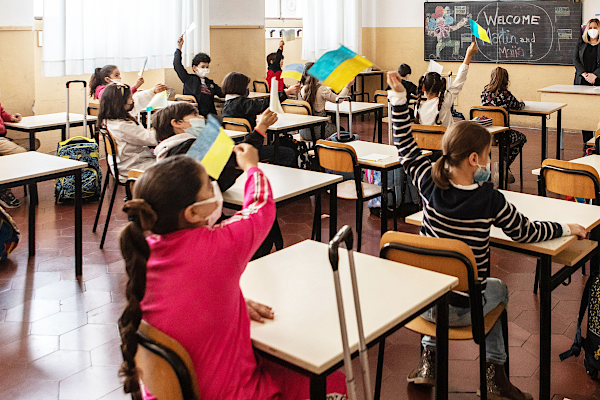
Use Games to Learn Math: The Best Games for School
21 July 2023 / by Crystal Brown
Teaching or learning mathematics can sometimes be a tough nut to crack, but there’s a secret weapon that can transform those scary numbers into a playground of fun: games. The use of games for learning has a remarkable effect on students’ performance and attitude towards subjects, especially when it comes to mathematics. This blog post explores how to use games to learn math and highlights some of the best games for school.
Why Use Games to Learn Math?
Games offer a more interactive and engaging approach to learn. They reduce math anxiety, motivate students to keep trying, and help them understand complex concepts more quickly. Learning through games is also ideal for practicing problem-solving skills, improving logical thinking, and promoting a growth mindset.
-
Increased Engagement: Students are more motivated and engaged when learning is fun. Games provide an excellent platform for students to actively participate in their learning process.
-
Reduced Math Anxiety: Playing math games can help alleviate the stress often associated with mathematical problems, making math a more enjoyable subject.
-
Promote Problem Solving and Logical Thinking: Games challenge students to think critically and solve problems, which are vital skills in mathematics.
Top Math Games for Schools
Here are some of the best games that students can use to learn math. These games cater to different learning styles and levels, making math learning an enjoyable journey rather than a stressful task.
Prodigy
Prodigy is a curriculum-aligned math game used by over 50 million students, teachers, and administrators worldwide. With Prodigy, students answer math problems to complete quests and learn new skills. The game adjusts to a student’s unique learning speed, making it a great tool for students of all levels.
DragonBox
DragonBox is an award-winning suite of math games that help children explore and understand mathematics through fun and engaging puzzles and challenges. They have games tailored for different age groups and math concepts, including algebra and geometry.
Kahoot!
Kahoot! isn’t just a math game, but its format makes it perfect for math drills and quizzes. Teachers can create their quizzes or use ones shared by others. The competitive aspect of Kahoot! motivates students to learn and apply their knowledge.
Coolmath Games
Coolmath Games is a brain-training site, for everyone, where logic & thinking meet fun & games. The site offers a variety of math-related games to help students practice and enhance their skills.
Integrate Games into Your Math Class
Games are an excellent way to enhance the math learning experience in your class. Here are a few tips on how to integrate games into your math classes:
-
Start with Simple Games: Begin with simple games that students can quickly understand and enjoy. Gradually introduce more complex games as their skills improve.
-
Align with Curriculum: Ensure the games align with the curriculum you are teaching. This enhances learning as students can relate the game’s content with what they learn in class.
-
Incorporate Competition: Healthy competition can motivate students. Games like Kahoot! allow students to compete in a fun and educational way.
-
Encourage Teamwork: Some games promote teamwork and collaboration. These can be great tools for fostering these essential skills among students.
Conclusion
To sum it up, using games to learn math is an effective and fun way to get students excited about the subject. Games like Prodigy, DragonBox, Kahoot!, and Coolmath Games are fantastic tools that transform mathematical concepts into captivating challenges. By incorporating these games into your curriculum, you create a vibrant, engaging, and effective learning environment. Happy gaming, and happy learning!






